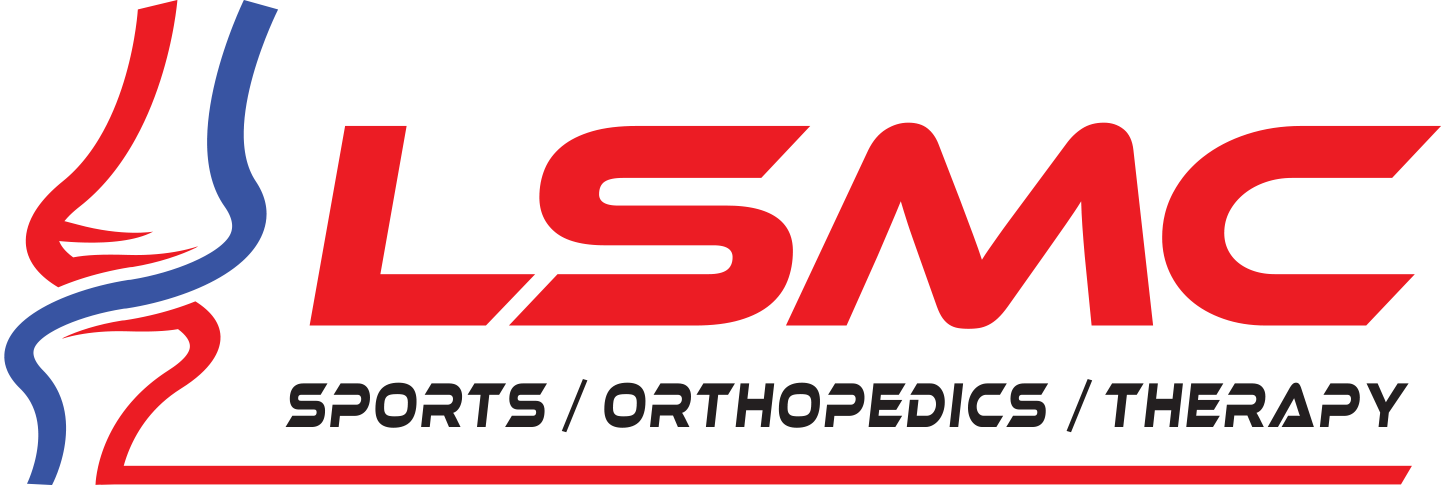From sports to general daily activities, the shoulder’s exceptional range of motion makes it very vulnerable to injury. Among the most painful injuries that a shoulder can sustain is a complete or partial tear of the rotator cuff. Consisting of four muscles, a tear to any one of the four rotator cuff muscles can cause pain, loss of function and ultimately the need for surgery.
Step 1
Stand in front of a mirror. Slowly raise your arms directly in front of your body. If there’s pain or you are unable to raise your arm above shoulder height, stop the self-test and see your physician immediately, as this may indicate a torn muscle or damage to the joint.
Step 2
Stand in front of a mirror. Slowly raise your arms out to the sides your body. If pain is experienced or you are unable to raise your arms above shoulder height, stop the test and see your physician immediately.
Step 3
Stand in front of the mirror. Slowly raise your arms with the elbows extended in front of you to an angle of about 45 degrees–it may be easier to visualize the letter “V.” Make sure that your hands are slightly above your shoulders and your thumbs are pointing to the ceiling.
Step 4
Keep your arms extended and your hands up slightly above your shoulders. Turn your thumbs so they point to the floor and slowly lower your arms back down toward your thighs. Return back to the starting position. The ability to complete this movement without pain or loss of motion generally means that the rotator cuff muscles are still intact.
Another way to think about this movement is to imagine holding two cans of soda in front of your body, turn your thumbs down and pour the soda out and then put the soda can in your front pocket.
Step 5
Have a friend or family member gently push down on your arms when in the starting position, or the “V.” Hold against the gentile force for a few seconds. If no pain is experienced, the muscle and tendon are probably not torn.
Warnings
The self-test described here only allows you to assess one of the four rotator cuff muscles. If pain continues or worsens, along with decreases in function and movement of the shoulder, see your doctor immediately.









